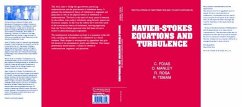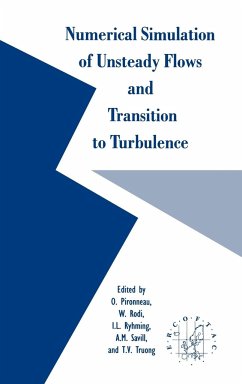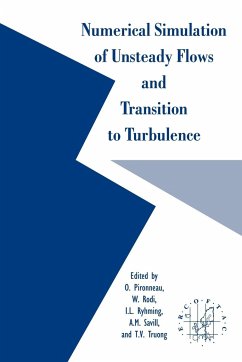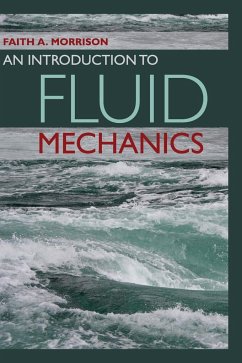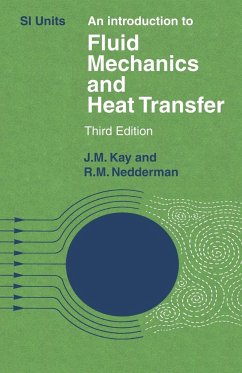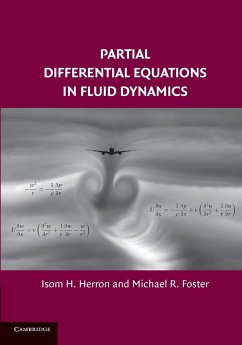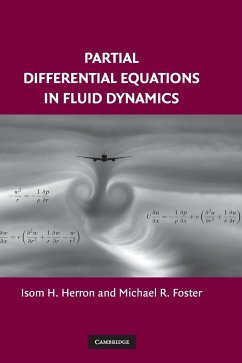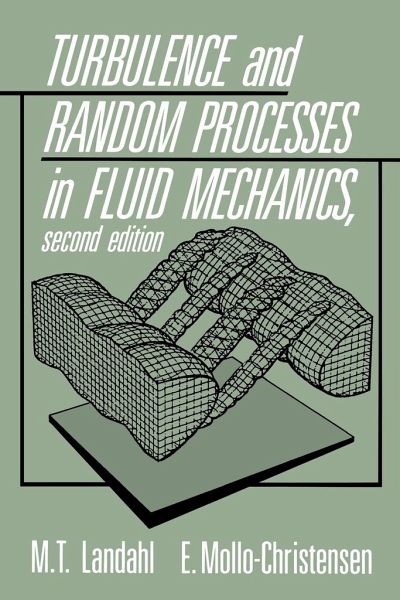
Turbulence and Random Processes in Fluid Mechanics
Versandkostenfrei!
Versandfertig in 1-2 Wochen
64,99 €
inkl. MwSt.

PAYBACK Punkte
32 °P sammeln!
Fluid flow turbulence is a phenomenon of great importance in many fields of engineering and science. Turbulence and related areas have continued to be subjects of intensive research over the last century. In this second edition of their successful textbook Professors Landahl and Mollo-Christensen have taken the opportunity to include recent developments in the field of chaos and its applications to turbulent flow. This timely update continues the original theme of the book: presenting the fundamental concepts and basic methods of fluid flow turbulence which enable the reader to follow the lite...
Fluid flow turbulence is a phenomenon of great importance in many fields of engineering and science. Turbulence and related areas have continued to be subjects of intensive research over the last century. In this second edition of their successful textbook Professors Landahl and Mollo-Christensen have taken the opportunity to include recent developments in the field of chaos and its applications to turbulent flow. This timely update continues the original theme of the book: presenting the fundamental concepts and basic methods of fluid flow turbulence which enable the reader to follow the literature and understand current research. The emphasis upon the dynamic processes that create and maintain turbulent flows gives this book an original approach. This book should be useful to graduate students and researchers in fluid dynamics and, in particular, turbulence and related fields.
Table of contents:
1. Introduction with historical notes; 2. Characteristic scales and nondimensional parameters; 3. Basic equations; 4. Statistical tools for description of turbulence; 5. Examples of homogeneous turbulent flows; 6. Waves; 7. Instability and transition to turbulence; 8. Shear flow turbulence structure; 9. Turbulence modeling and closure schemes; 10. Aerodynamic noise; 11. Convective transport; 12. Numerical simulation of turbulence.
Fluid flow turbulence is a phenomenon of great importance in many fields of engineering and science. Turbulence and related areas have continued to be subjects of intensive research over the last century. This timely update continues the original theme of the book: presenting the fundamental concepts and basic methods of fluid flow turbulence which enable the reader to follow the literature and understand current research.
Fluid flow turbulence is a phenomenon of great importance in many fields of engineering and science.
Table of contents:
1. Introduction with historical notes; 2. Characteristic scales and nondimensional parameters; 3. Basic equations; 4. Statistical tools for description of turbulence; 5. Examples of homogeneous turbulent flows; 6. Waves; 7. Instability and transition to turbulence; 8. Shear flow turbulence structure; 9. Turbulence modeling and closure schemes; 10. Aerodynamic noise; 11. Convective transport; 12. Numerical simulation of turbulence.
Fluid flow turbulence is a phenomenon of great importance in many fields of engineering and science. Turbulence and related areas have continued to be subjects of intensive research over the last century. This timely update continues the original theme of the book: presenting the fundamental concepts and basic methods of fluid flow turbulence which enable the reader to follow the literature and understand current research.
Fluid flow turbulence is a phenomenon of great importance in many fields of engineering and science.






